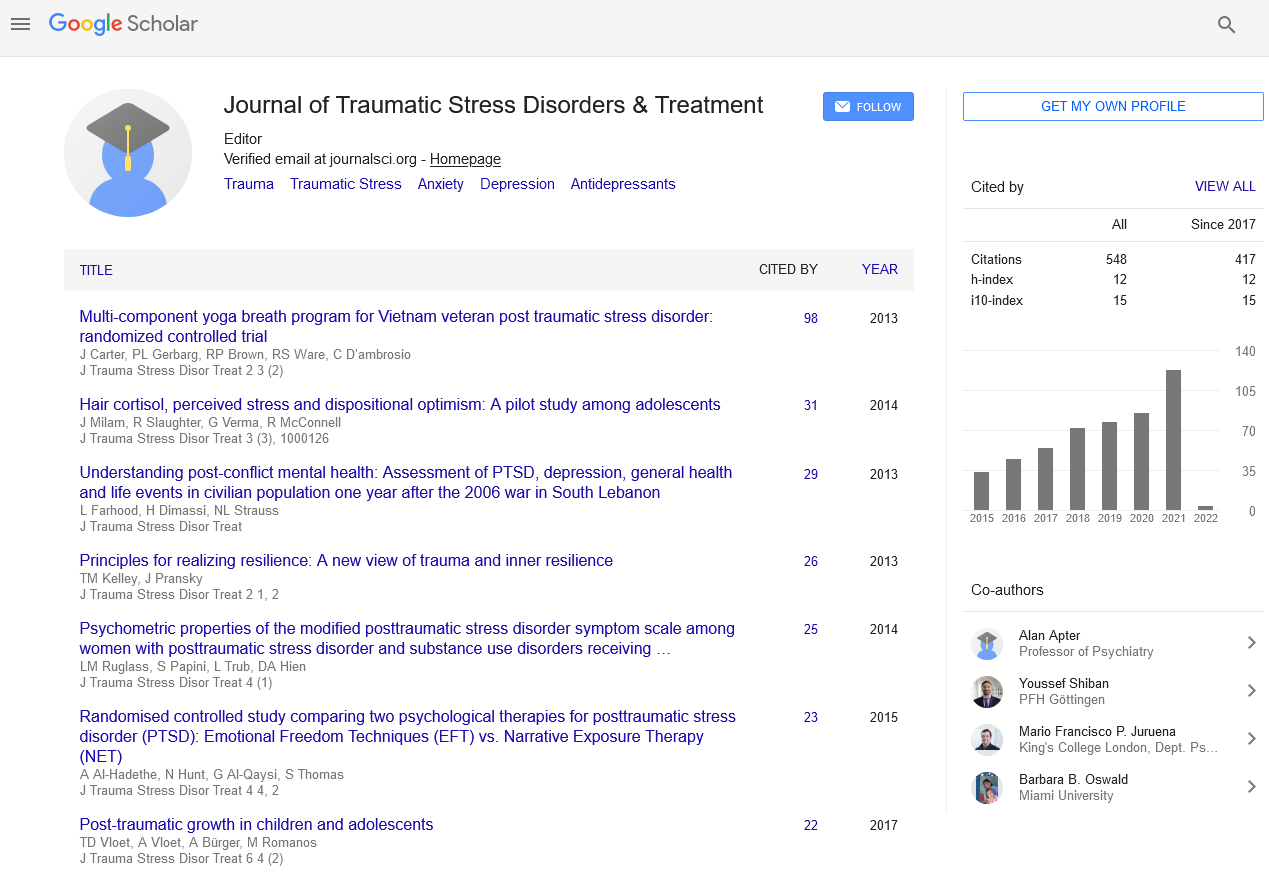Post-Trauma Recovery in Children of Newtown, CT using MNRI Reflex Integration
Trauma recovery is an extremely urgent concern in today's world as highly stressful events appear to be on the rise and corresponding professional support for individuals experiencing traumatic stress, especially children, is lacking. The experience of survival of traumatic events -natural disasters or human made catastrophes, physical, emotional and sexual abuse, and violence, witnessing a mass shooting, terrorism and wars can be anchored to memories, causing negative protection, fear, and worry. The efficacy and validity of various therapy modalities has been established in other contexts: psychotherapy, psychiatry, pharmacology, and alternative interventions. However, these current primary treatments are not adequate for many, especially children. They do not address the neurosensorimotor integration needs of those with post-traumatic stress and PTSD, and they may not orient a client toward new perspectives and well-being. These methods are sometimes seen by parents of child trauma survivors as a metaphysical imitation of treatments designed for adults and not reflective of the specific recovery needs of children. The MNRI® Program proposes a unique therapy modality based on work with neurosensorimotor integration mechanisms, using reflex patterns as 'ready-made' neural schemes that aid in survival and the development of the nervous system. These reflex integration techniques provide support for the extrapyramidal and subcortical brain structures that become dominant in stress, resulting in over-reactivity (excess activation of freezing and/or flight-or-flight mechanisms) and limited ability to make rational decisions. Detailed MNRI® assessment data on the reflex function of children who experienced the Sandy Hook School tragedy in Newtown, CT in 2012 (n=134; Study Group 1) were analyzed and compared with assessment data on child survivors of other catastrophes (n=340; Control Group 1) and typically developing children with no history of traumatic stress (n=730; Control Group 2). This comparative analysis demonstrated positive changes in reflex pattern function for the Newtown children who received the MNRI® Trauma Recovery protocol, and responses to detailed questionnaires on stress resilience and the dynamics of change in their abilities also demonstrated improvement in overall stress level, emotional and behavioral regulation, and cognitive function.

